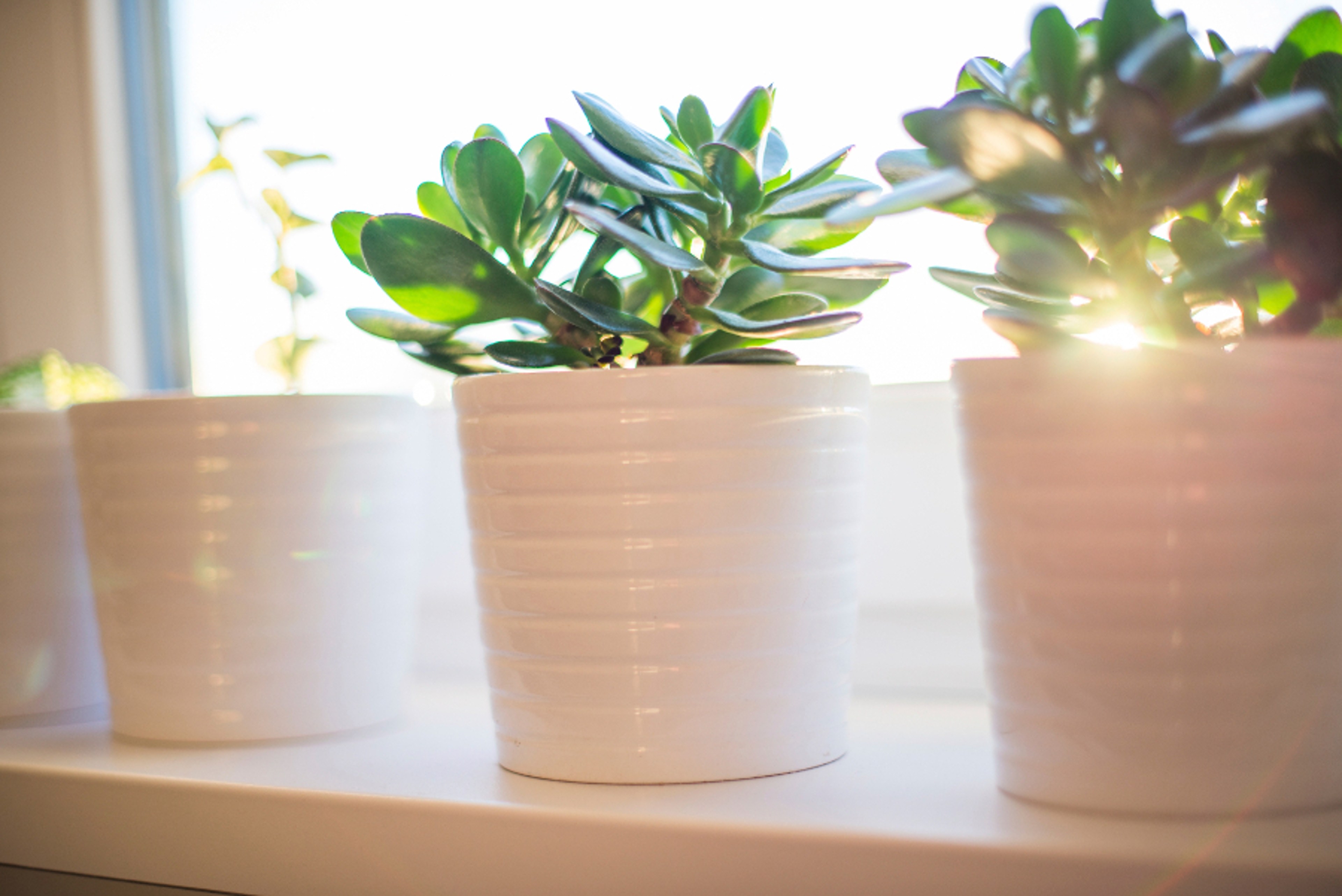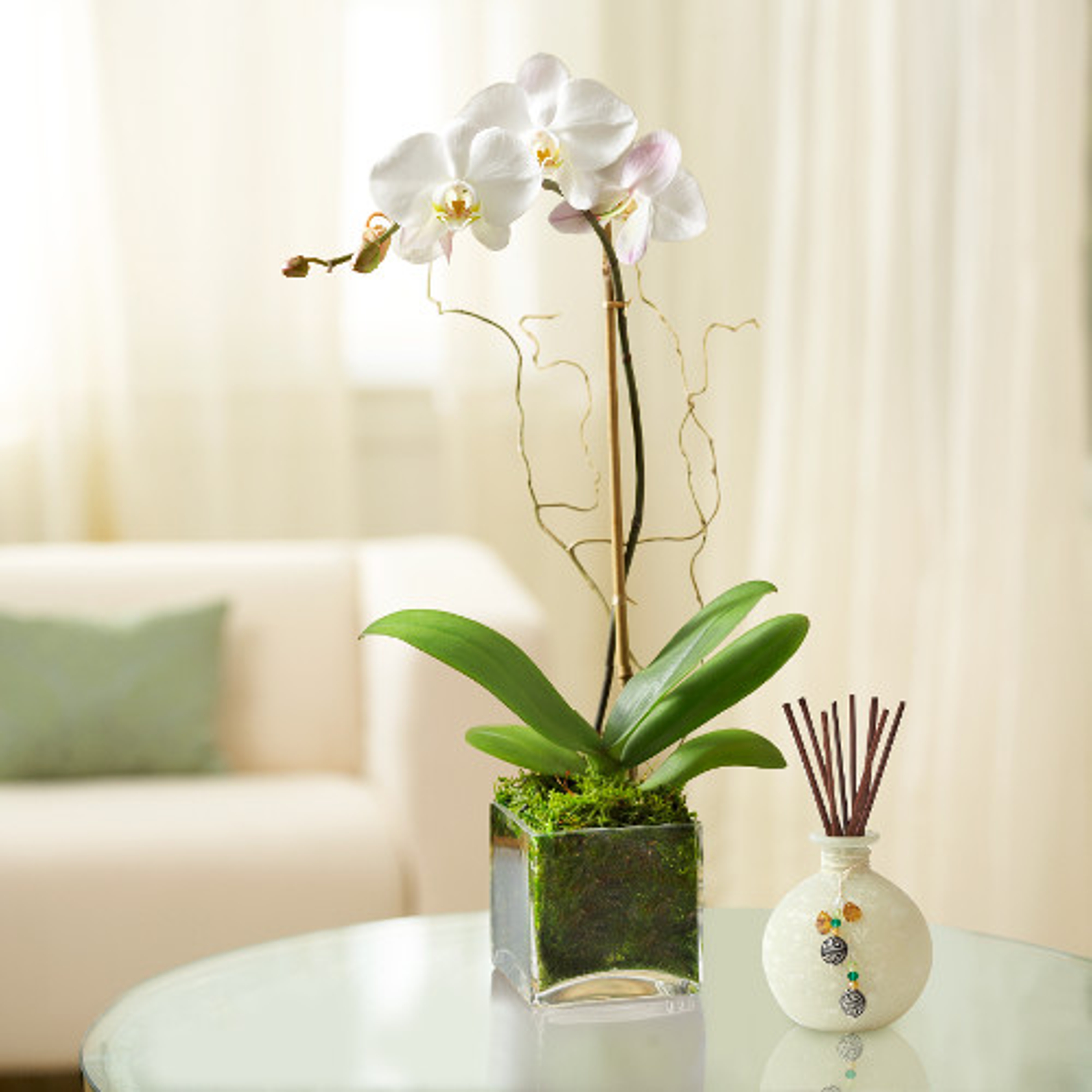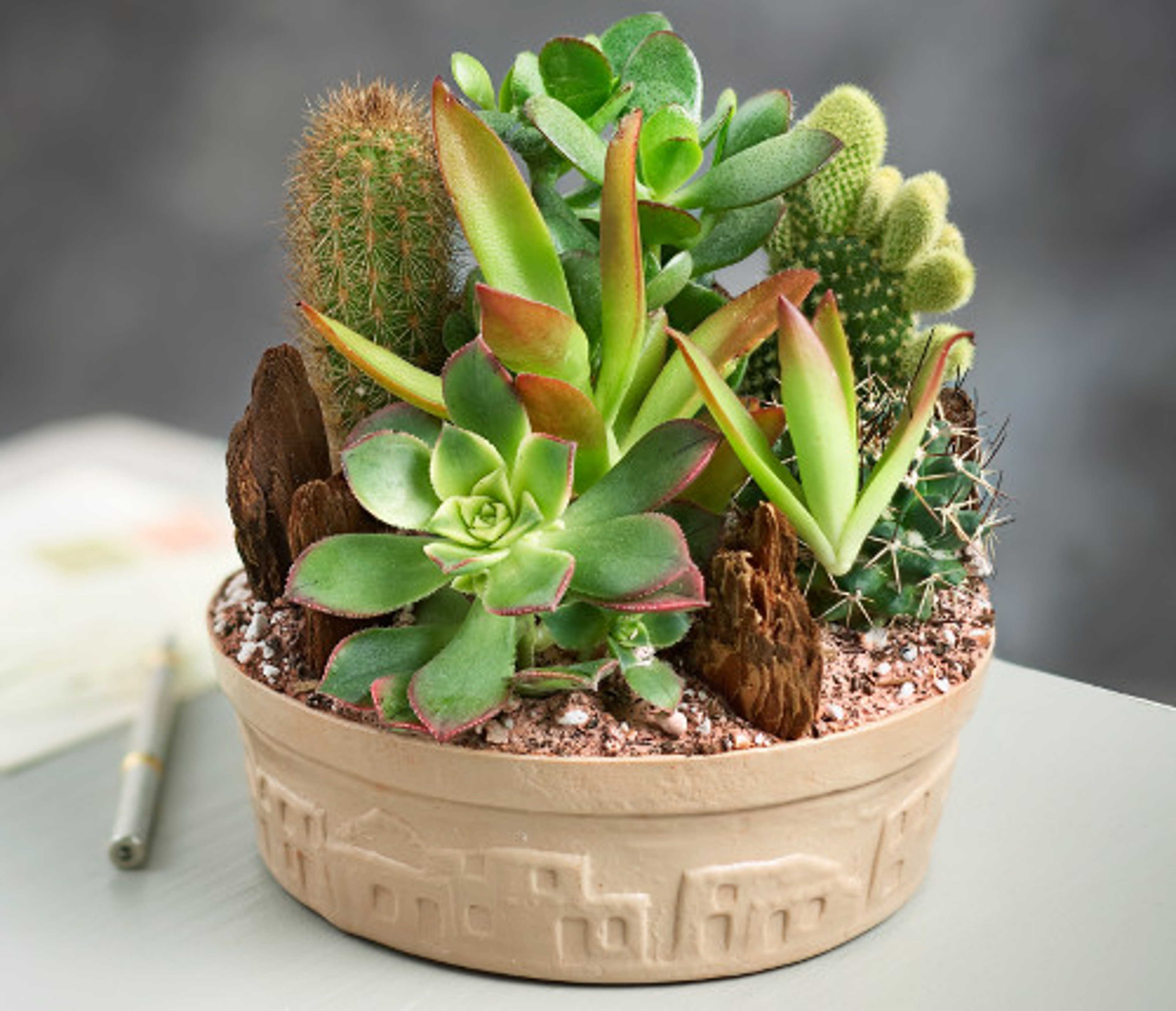The Best Houseplants for Different Amounts of Light
Knowing how much light houseplants need is crucial to placing them in the proper place in your home.
Jul 23, 2019
It’s time to start thinking about this year’s garden. Before you get too wrapped up in the plants and flowers that you’re going to grow outdoors, don’t forget you can also freshen up your home by growing your favorites houseplants indoors too.
We encourage you to make room for one, two, or even a few houseplants. Use this guide to determine which species is best for you depending on the amount of light your home receives.

Low light houseplants
1. ZZ plants
ZZ plants absolutely love low light conditions; you’d actually be surprised how little light they really need. They also don’t require too much maintenance, making them the perfect choice for homeowners who don’t have extra time on their hands — all you have to do is remember to water them occasionally (they thrive better in dry environments).
2. Snake plants
Like the ZZ plant, snake plants (sometimes referred to as “mother-in-law’s tongue”) are super easy to care for. Where light is concerned, they could basically survive in a place as dark as your closet, although we’re sure you’d want to be able to see yours! When choosing where to place a snake plant, just remember that they prefer rather dry conditions.

3. Orchids
While different orchid species require different amounts of light, Phalaenopsis, Oncidium, and Paphiopedilum are a few kinds that can tolerate low light conditions — just pair a low light environment with standard household temperatures, and you’re all set! Consider placing your orchids in a shaded southern- or eastern-facing window, and keep an eye on leaf color to determine if they’re receiving the amount of light they need (dark colors may indicate that they’re not getting enough).
Medium light houseplants
1. African violets
African violets are one of the most common types of indoor houseplants, and they’re a great option for homeowners who are looking to give a houseplant a try for the first time. That’s because they’re a great plant to experiment with. For optimal growth, African violets require evenly moist soil, average to warm temperatures, and fertilizer during each watering. But remember, don’t get any water on the plant’s leaves!
2. Begonias
If you’re looking to add some color to the inside of your home, choose begonias. Begonia plants are extremely colorful and unique in that they showcase different types of foliage. In order to thrive, begonias require evenly moist soil, light fertilization, and a nice average temperature, though at night they should be in a place where the temperature is warmer than 65 degrees.
3. Ficus
For those who are more advanced when it comes to planting and gardening, the ficus is a great choice for settings that experience medium light levels. Ficus plants typically do best when their soil is left to dry for a few days before watering again, and they prefer to grow in a place where the temperature is between 65 and 75 degrees. However, don’t go too long in between each watering, since waiting could cause the plant’s leaves to fall.
Bright light houseplants
1. Zebra plants
Similar to the low light houseplant pothos, zebra plants can tolerate various lighting conditions; however, bright light is best. If you have a lot of natural light in your home but are new to gardening, choose this plant species — they’re very easy to care for and can even go a few weeks without watering.
2. Bonsai
Indoor bonsai typically require bright light to survive, with the best placement being somewhere that is exposed to sun in the morning and some shade in the afternoon. If you are struggling to find a place in your home that receives enough natural light, try using a grow light to create the environment that bonsai need.

3. Cacti
All cacti grow best under bright light conditions. A tip to remember with these plants: If you place them in a window that receives a great deal of sunlight, make sure you don’t open and close the window too often, as your cacti might get in the way and poke you.










